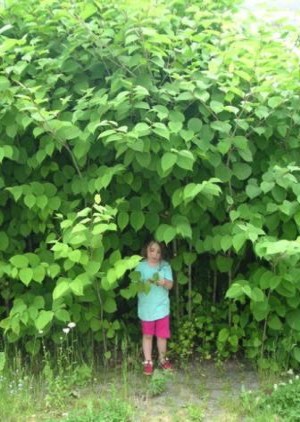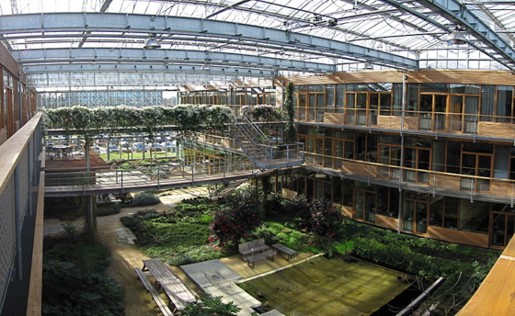PNC Achieves New Green Milestone: The Largest Living Wall in North America
 November 2, 2009
November 2, 2009  Kyriaki (Sandy) Venetis
Kyriaki (Sandy) Venetis  Photo courtesy of Living Green Technologies.
Photo courtesy of Living Green Technologies.
The word ‘green’ when associated with the banking industry has always meant money. While that will always be true, we can now add eco-conscious and energy efficient to the word association.
PNC Financial Services Group, Inc. has just completed the installation of a six story living green wall, which the company claims is largest such structure in North America.
“The PNC wall is a living, breathing wall of plants spanning 2,380 square feet on the south side of the bank’s Pittsburgh headquarters. The wall is made up of 602 two-foot square panels, each containing 24 evergreen plants,” according to Green Living Technologies, which built the living structure. The company is a privately owned international provider of living green walls and roofs.
There are two types of green walls, with one called a green façade, composed of climbing plants, such as ivy, adhering to a building. The other type, which PNC has, is a living wall that is separated from the actual building structure by anywhere from a few inches to a foot, and is composed of modular panels of vegetation with irrigation systems.



